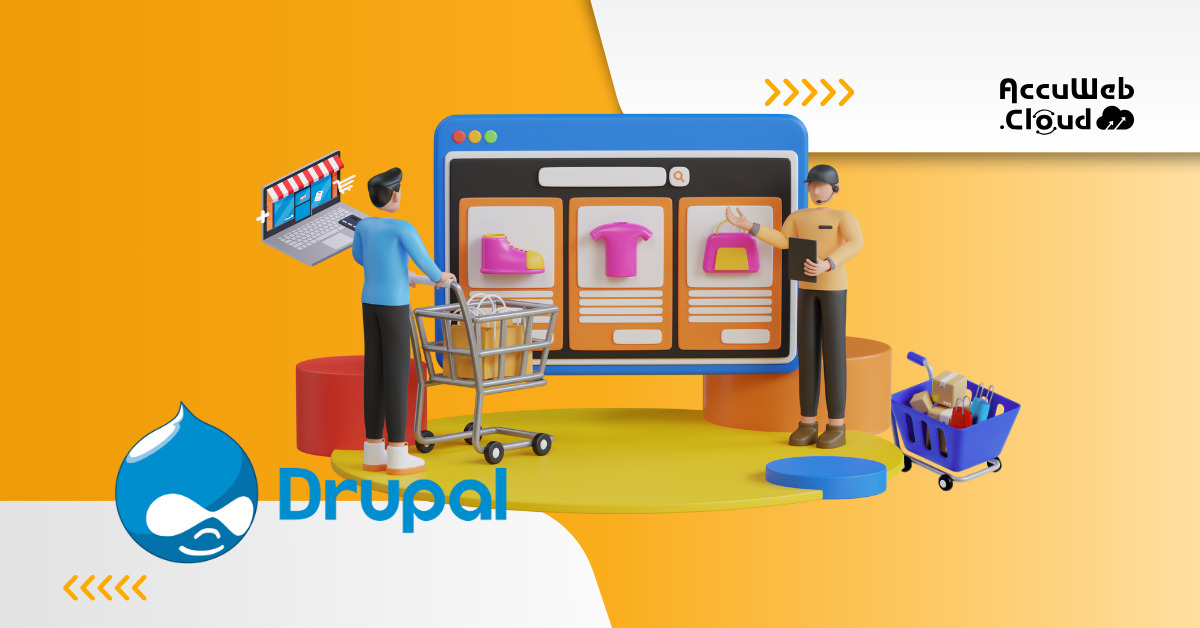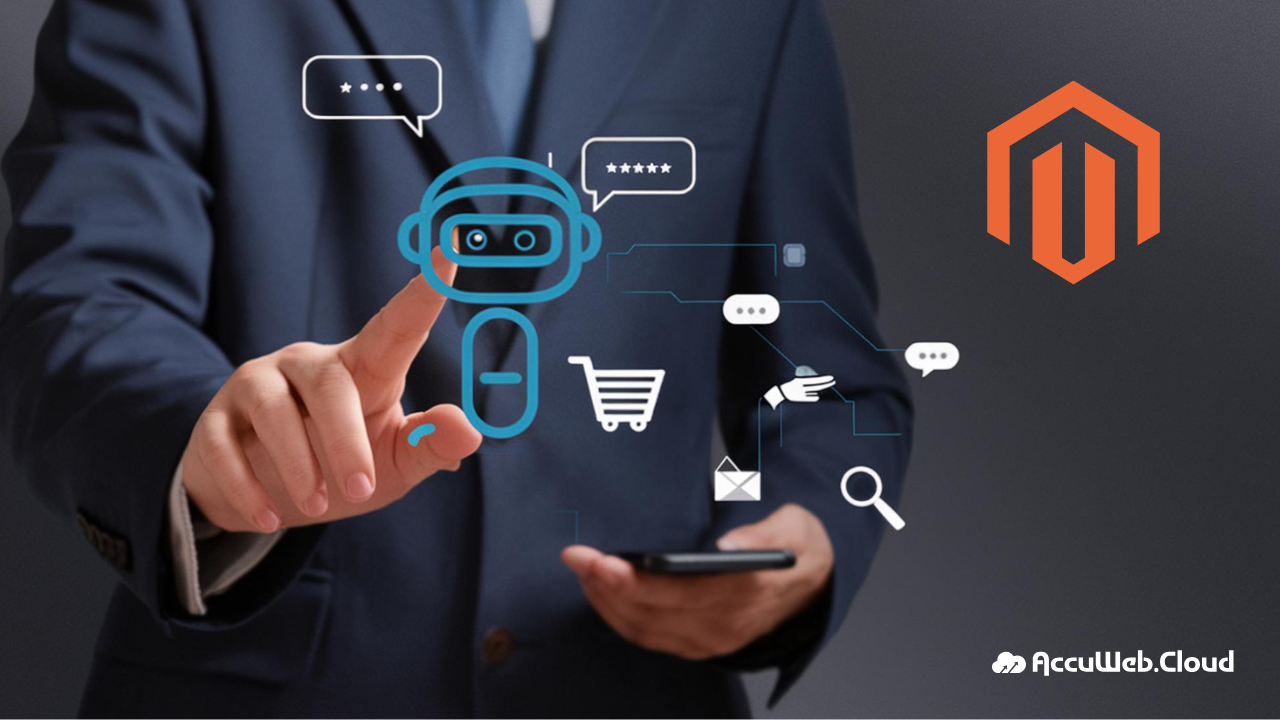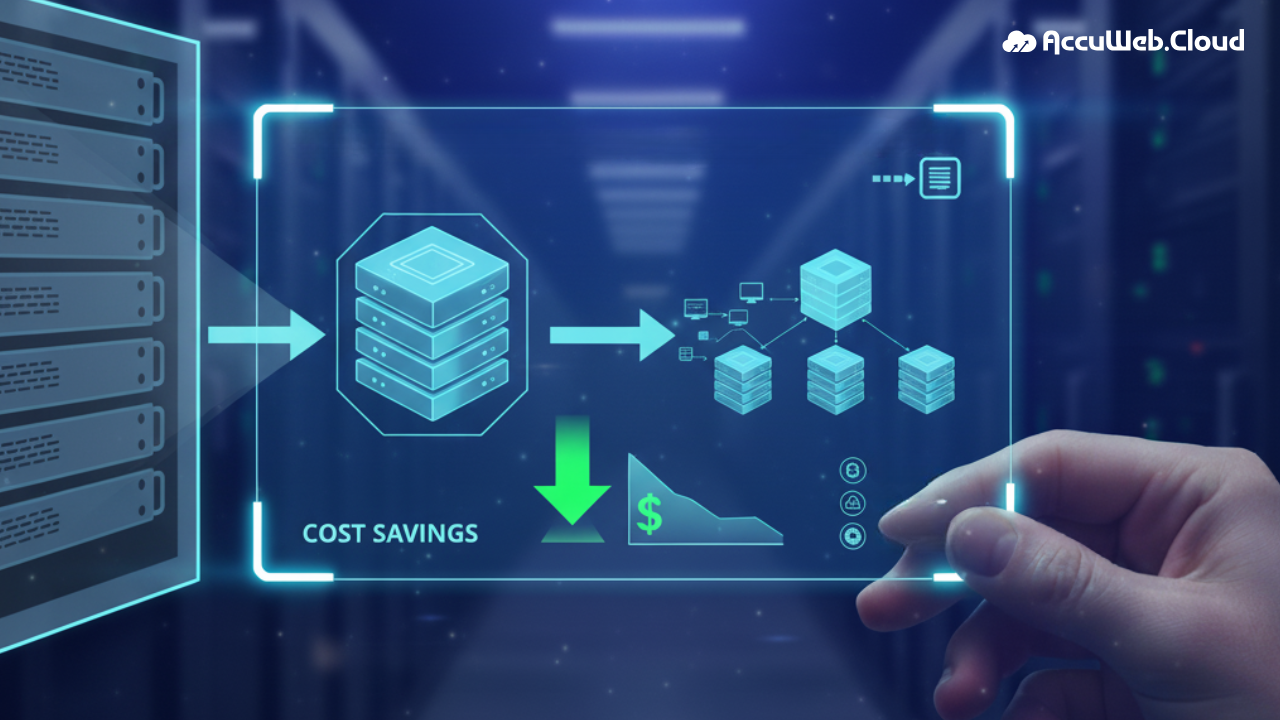Building Secure Drupal Sites for the Age of IoT
The Internet of Things (IoT) is rapidly transforming the way we live, work, and interact with the world around us. From smart homes and connected cars to industrial automation and wearables, billions of devices are now collecting and sharing data, creating a vast network of interconnected things.
For businesses, this presents a tremendous opportunity to enhance customer engagement, personalize experiences, and drive innovation.
Drupal is well-positioned to play a critical role in this connected future. Its flexibility, scalability, and robust security features make it an ideal platform for building secure and engaging Drupal sites that leverage the power of IoT.
Understanding the Landscape: IoT and Its Implications
The IoT ecosystem encompasses interconnected devices, sensors, and systems exchanging data over the internet, enabling seamless communication and automation.
From smart home devices to industrial machinery, IoT applications span various sectors, offering unprecedented convenience and efficiency. However, this interconnectedness also introduces new security vulnerabilities, as each connected device represents a potential entry point for cyber threats.
Drupal’s Role in E-commerce and IoT Integration
Drupal, renowned for its flexibility and scalability, serves as a robust platform for building e-commerce websites. Its extensive module ecosystem and customizable architecture make it an ideal choice for businesses seeking tailored online solutions.
Moreover, Drupal’s compatibility with IoT technologies enables seamless integration of connected devices into e-commerce workflows. As CTOs, CEOs, and project managers, leveraging Drupal’s capabilities while safeguarding against IoT-related security risks is crucial for maintaining a secure online presence.
The proliferation of IoT devices introduces a myriad of security challenges, ranging from device vulnerabilities to data privacy concerns.
Insecure IoT endpoints, inadequate authentication mechanisms, and susceptibility to IoT-specific attacks like botnets pose significant threats to Drupal-powered e-commerce platforms. Understanding these challenges is essential for e-commerce business owners using Drupal to implement robust security measures.
Ready to take your Drupal site to the next level? Explore our Drupal hosting plans and experience the difference with AccuWeb.Cloud.
Drupal’s Untapped Potential
While Drupal excels at content management, its true strength lies in its modular architecture. This allows developers to build custom functionalities using pre-built modules or even develop their own. This flexibility unlocks a world of possibilities:
E-commerce Powerhouse
Drupal Commerce, a robust e-commerce framework built on Drupal, empowers businesses to create feature-rich online stores with seamless payment integrations, advanced product management tools, and powerful marketing capabilities.
Community Building
Drupal excels at fostering vibrant online communities. Features like user forums, private messaging, and group functionalities make it ideal for building platforms that connect users, drive engagement, and create loyal brand advocates.
Data-Driven Experiences
Drupal integrates seamlessly with various data sources. Leverage real-time data to personalize content, recommend products, and deliver a truly dynamic user experience.
Multilingual Mastery
Reach a global audience with Drupal’s exceptional multilingual capabilities. Easily create and manage websites in multiple languages, ensuring your content resonates with users worldwide.
Headless CMS for Flexibility
Drupal can function as a headless CMS, decoupling the content management backend from the frontend presentation layer. This allows developers to build dynamic user interfaces with modern frameworks like React or Vue.js, offering unparalleled flexibility and performance.
Drupal’s Playground: A Feast of Features
Drupal offers a treasure trove of tools and functionalities:
- Modular Design: The modular architecture allows developers to pick and choose the functionalities they need, keeping the codebase clean and efficient.
- Extensive API: Drupal’s robust API allows for seamless integration with external services and data sources, expanding the platform’s capabilities significantly.
- Active Community and Support: The vast Drupal community provides invaluable support, with a wealth of forums, documentation, and contributed modules readily available.
- Security Focus: Drupal boasts a strong security track record, with a dedicated team constantly working to identify and address vulnerabilities. This ensures your applications remain secure from evolving cyber threats.
Crafting User-Centric Experiences with Drupal
Drupal empowers developers and strategists to create user-centric experiences that stand out:
Content Personalization:
Leverage Drupal’s content personalization tools to tailor content based on user behavior, location, and preferences. This delivers a more relevant and engaging experience for each visitor.
Mobile-First Approach:
With responsive design capabilities, Drupal ensures your website looks stunning and functions flawlessly across all devices, from desktops to tablets and smartphones.
Seamless User Interface:
Drupal’s theming system allows developers to create user interfaces that are not only visually appealing but also intuitive and user-friendly, leading to a smoother user journey.
Accessibility Features:
Drupal prioritizes accessibility, ensuring your website is usable by everyone, regardless of their abilities. This fosters inclusivity and expands your potential user base.
The Future of Drupal: Innovation at the Forefront
The Drupal community is constantly pushing the boundaries of what’s possible. Here’s a glimpse into the exciting future of Drupal:
Headless CMS Adoption:
The headless CMS approach is expected to gain further traction, enabling even greater flexibility in building modern web applications.
Integration with Emerging Technologies:
Expect to see seamless integration with cutting-edge technologies like artificial intelligence (AI) and machine learning (ML) to deliver even more personalized and intelligent user experiences.
Focus on Security:
As cyber threats evolve, Drupal will continue to prioritize security, ensuring its platform remains robust and protects user data effectively.
Best Practices For Securing Drupal Sites In The Iot Age
Implementing a multi-layered security approach is imperative for safeguarding Drupal sites against IoT-related threats. This involves:
1. Secure Development Practices:
Adhering to secure coding standards, conducting regular code reviews, and prioritizing security patches are fundamental steps in mitigating vulnerabilities in Drupal-based e-commerce websites.
2. Robust Authentication and Access Control:
Implementing strong authentication mechanisms, such as two-factor authentication (2FA) and role-based access control (RBAC), helps prevent unauthorized access to sensitive data and functionalities.
3. Network Segmentation:
Segmenting IoT devices from critical infrastructure within the Drupal environment minimizes the impact of potential breaches and isolates compromised devices from valuable assets.
4. Encryption and Data Privacy:
Encrypting data transmissions between Drupal sites and IoT devices using protocols like SSL/TLS ensures data integrity and confidentiality, reducing the risk of interception or tampering.
5. Continuous Monitoring and Incident Response:
Employing intrusion detection systems (IDS), security information and event management (SIEM) solutions, and conducting regular security audits enable proactive threat detection and swift incident response.
6. Vendor Collaboration and Compliance:
Collaborating with IoT device manufacturers and service providers to ensure firmware updates, adhering to industry security standards (e.g., GDPR, PCI DSS), and addressing security vulnerabilities promptly strengthens the overall security posture of Drupal-powered e-commerce ecosystems.
Why Drupal to Secure IoT Integration?
Drupal offers several advantages for building secure Drupal sites that integrate with IoT devices seamlessly:
Robust Security:
Drupal boasts a strong security track record, with a dedicated community constantly working to identify and address vulnerabilities. Its modular architecture allows for granular control over user permissions and access, ensuring only authorized users can interact with sensitive data collected from IoT devices.
Scalability and Flexibility:
Drupal can handle complex data streams and manage a large number of connected devices efficiently. Its modular design allows for easy customization and integration with various IoT platforms and protocols.
Open-Source Advantage:
Being open-source, Drupal offers greater transparency and control over the codebase. This allows for customization and development of specific features tailored to unique IoT integration needs.
Large and Active Community:
Drupal benefits from a vast and active community of developers and security experts who contribute to its ongoing development and provide valuable support for complex integrations.
Building Secure Drupal Sites for IoT
Integrating IoT devices with your Drupal site requires careful planning and implementation to ensure security and seamless functionality. Here’s a roadmap to guide you through the process:
Define your IoT Strategy:
Clearly define the goals of your IoT integration. What data do you want to collect from your devices? How will this data be used to enhance customer engagement and improve your business processes?
Choose the Right IoT Platform:
Research and select an IoT platform that aligns with your specific needs and offers robust security features. Popular options include Azure IoT Hub, Amazon Web Services (AWS) IoT Core, and Google Cloud IoT Core.
Secure Communication Channels:
Ensure secure communication channels between your Drupal site and the IoT devices. Utilize industry-standard protocols like HTTPS and implement strong authentication and authorization mechanisms.
Data Security and Privacy:
Develop a comprehensive data security and privacy policy that outlines how you will collect, store, and use data collected from IoT devices. Comply with relevant data privacy regulations like GDPR and CCPA.
Regular Security Audits:
Conduct regular security audits of your Drupal site and the integrated IoT platform to identify and address any vulnerabilities promptly.
User Access Management:
Implement granular user access controls within Drupal to restrict access to sensitive data collected from IoT devices. Only authorized users should be able to view, analyze, or manage this data.
Contingency Planning:
Develop a contingency plan to address potential security incidents involving your IoT devices or Drupal site. This plan should outline procedures for data breach response, system recovery, and communication with stakeholders.
Engaging Customers with Secure Drupal and IoT Integration
By integrating IoT devices securely with your Drupal site, you can unlock a multitude of possibilities for enhanced customer engagement:
Personalized Experiences:
Leverage data collected from IoT devices to personalize user experiences on your Drupal site. Recommend products based on usage patterns, provide real-time updates on connected devices, and offer targeted promotions based on customer behavior.
Proactive Customer Service:
Use sensor data from connected devices to anticipate customer needs and offer proactive support. For example, a smart appliance manufacturer can use data to predict potential maintenance issues and proactively send service technicians before the appliance malfunctions.
Enhanced Product Offerings:
Integrate data from connected devices into your product development process. Gain valuable insights into customer usage patterns and preferences to inform future product iterations and features.
Building Loyalty Programs:
Develop loyalty programs that reward customers for interacting with your connected devices. This can incentivize them to use your products and services more frequently, fostering stronger brand loyalty.
Here are some specific examples of how businesses are using Drupal and IoT to engage customers:
Retailers:
Brick-and-mortar stores can use beacons and RFID tags to track customer behavior in-store, personalize product recommendations, and offer targeted promotions.
Manufacturing:
Manufacturers can leverage sensor data from connected machines to monitor performance
Future Trends and Emerging Technologies
As IoT adoption continues to proliferate, new technologies and trends are poised to shape the landscape of web security.
From blockchain-based identity management to artificial intelligence-driven threat detection, staying abreast of these developments is essential for Magento developers and digital strategists seeking to future-proof their Drupal sites against evolving threats.
When it comes to the future, there’s a lot of buzz around how Drupal will integrate with emerging technologies like the Internet of Things (IoT). Here’s a glimpse into what we might see:
Imagine a Drupal website that can interact with and manage IoT devices. This could open up a world of possibilities, such as:
Real-time Data Visualization:
Drupal could display sensor data from IoT devices in real-time, allowing users to monitor things like temperature, energy consumption, or air quality.
Automated Content Creation:
Sensor data could be used to trigger automated content creation. For example, a building’s temperature sensor data could be used to automatically generate a blog post about energy-saving tips.
Personalized User Experiences:
Drupal could use data from wearable IoT devices to personalize user experiences. For instance, an e-commerce store could recommend products based on a user’s activity level data.
Headless Architecture for IoT Applications
Drupal’s headless architecture, where the front-end presentation layer is decoupled from the back-end content management system, is a perfect fit for IoT applications. This allows for:
Flexibility:
Drupal can manage content, while the front end can be built with any framework or technology, enabling developers to create custom IoT applications.
Scalability:
The headless architecture can handle a large number of IoT devices and data streams efficiently.
Conclusion
In an era defined by the convergence of e-commerce and IoT, building secure Drupal sites is imperative for safeguarding against a myriad of cyber threats.
Decision-makers, CTOs, CEOs, project managers, Magento developers, e-commerce business owners using Drupal, and digital strategists must prioritize security by understanding the implications of IoT, adopting best practices, and embracing emerging technologies.
By fortifying Drupal-based e-commerce ecosystems against IoT-related risks, businesses can enhance customer trust, mitigate financial losses, and thrive in the age of digital transformation.
As the digital landscape continues to evolve, prioritizing security in Drupal site development remains paramount. By implementing robust security measures and staying vigilant against emerging threats, businesses can harness the full potential of Drupal and IoT technologies while safeguarding their online assets and customer data.
Unlock the full potential of your Drupal website with AccuWeb’s cutting-edge hosting solutions. Say goodbye to slow loading times and unreliable performance. Our cloud hosting platform is optimized for Drupal, ensuring lightning-fast speeds, rock-solid reliability, and effortless scalability.

Jilesh Patadiya, the visionary Founder and Chief Technology Officer (CTO) behind AccuWeb.Cloud. Founder & CTO at AccuWebHosting.com. He shares his web hosting insights on the AccuWeb.Cloud blog. He mostly writes on the latest web hosting trends, WordPress, storage technologies, and Windows and Linux hosting platforms.














